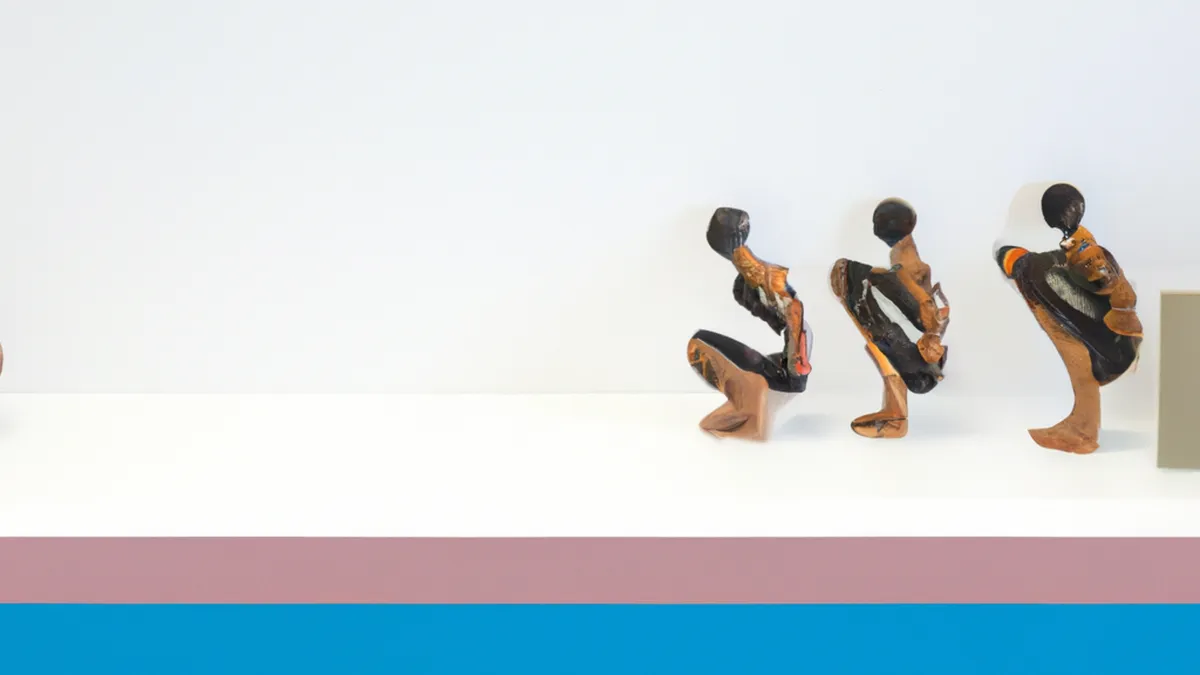Awakening Awareness in Hip Mobility Training
The Importance of Mindfulness in Hip Mobility Training
Hip mobility greatly affects our movement and daily activities. Our hips serve as a central pivot, influencing walking, running, squatting, and jumping. Poor hip mobility can cause discomfort, decrease athletic performance, and lead to injuries. Enhancing hip flexibility and strength is vital for optimal performance and well-being. Mindfulness can significantly improve hip mobility training. By staying present and aware, you connect better with your body and its movements. This blog post offers tips, advice, and benefits of using mindfulness in hip mobility training.
Understanding Mindfulness
Mindfulness means being fully present in the moment. It involves observing thoughts and feelings without judgment. This practice helps you connect deeply with your body and its needs. Applying mindfulness to hip mobility training increases awareness of movements and sensations in your hips and surrounding muscles. This awareness identifies areas needing improvement, leading to better mobility and performance.
Tips for Mindful Hip Mobility Training
1. **Breathe Deeply**: Start each session with deep, intentional breaths. This practice centers your mind and body, creating a calm state for movement. Focus on your breath, feeling your diaphragm expand and contract. Calming your nervous system prepares you for effective, mindful movements.
2. **Set Intentions**: Before training, establish clear goals. Ask yourself what you want to achieve. Whether increasing flexibility, building strength, or reducing discomfort, specific intentions guide your movements. Keeping these goals in mind reinforces your commitment to improvement.
3. **Slow Down**: Practice mindfulness by slowing down your movements during exercises. Rushing can lead to injuries and prevent full engagement with your body. Instead, take your time to feel each stretch and movement. This deliberate pace enhances awareness and control, improving mobility.
Advice for Practicing Mindfulness
1. **Use Visualization**: Visualization acts as a powerful mindfulness tool. Picture your hip joints moving smoothly during exercises. Visualize muscles stretching and strengthening while imagining the desired movements. This technique enhances your mind-body connection, focus, and motivation.
2. **Tune into Sensations**: As you move, pay attention to bodily sensations. Notice areas of stiffness or discomfort. Acknowledge these sensations without judgment. This awareness helps you understand your limits and prevents overexertion, reducing injury risk.
3. **Incorporate Meditation**: Spend a few minutes meditating before training.
Conclusion
Incorporating mindfulness into hip mobility training enhances awareness, improves performance, and promotes overall well-being.
Below are related products based on this post:
FAQ
What is the role of mindfulness in hip mobility training?
Mindfulness plays a crucial role in hip mobility training by helping individuals stay present and aware of their body movements. This increased awareness allows for a deeper connection with the body, identifying areas that need improvement, which can ultimately lead to better mobility and performance.
How can I incorporate mindfulness into my hip mobility training routine?
You can incorporate mindfulness into your hip mobility training by practicing deep breathing, setting clear intentions before each session, and slowing down your movements. Additionally, using visualization techniques and tuning into bodily sensations during exercises can enhance your mindfulness practice and improve hip mobility.
What benefits can I expect from practicing mindfulness in hip mobility training?
Practicing mindfulness in hip mobility training can lead to increased awareness of your body, improved performance, and overall well-being. This approach not only enhances mobility but also reduces the risk of injuries by promoting a better understanding of your body’s limits and needs.















Post Comment